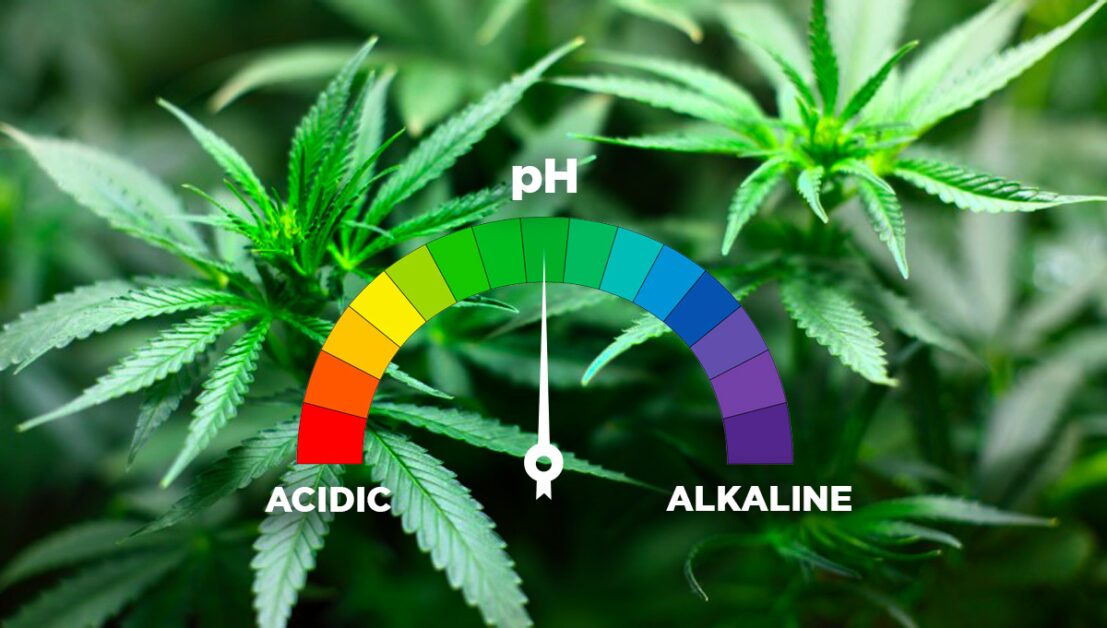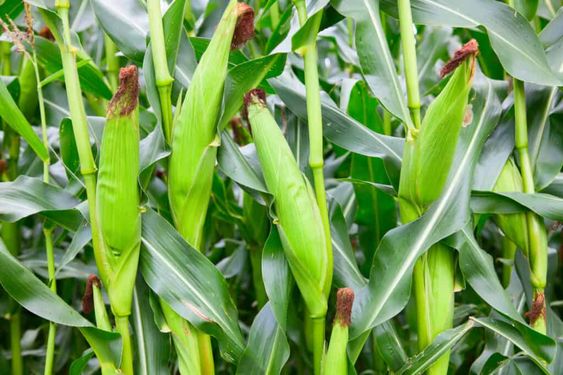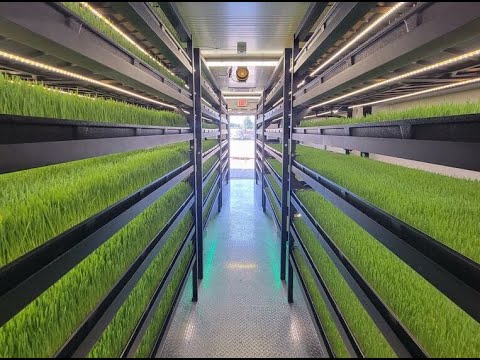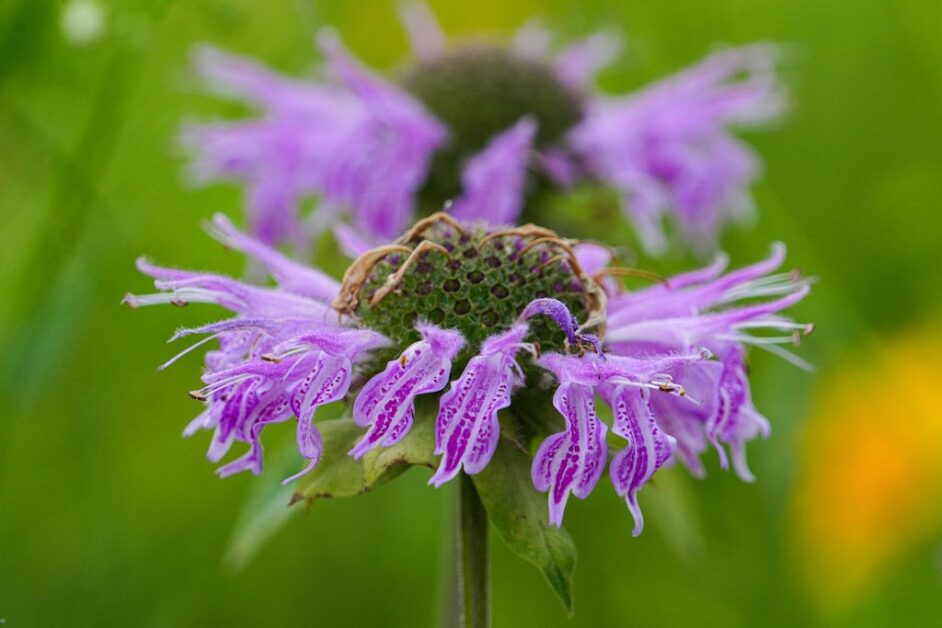Soil pH Secrets: How to Adjust It for Your Plants
Table of Contents
Understanding Soil pH and Its Importance for Plant Growth
Soil pH is a crucial factor that directly influences plant growth and development. Understanding the concept of pH and its importance in gardening is essential for any plant enthusiast. pH is a measure of the acidity or alkalinity of a substance, with a scale ranging from 0 to 14. A pH value of 7 is considered neutral, below 7 is acidic, and above 7 is alkaline.
In the realm of gardening, soil pH plays a significant role in determining nutrient availability and overall plant health. Different plants have specific pH requirements for optimal growth, and a failure to meet these requirements can lead to nutrient deficiencies or toxicity. A soil pH that is either too acidic or too alkaline can result in stunted growth, reduced flowering or fruiting, and increased susceptibility to diseases and pests. It is therefore crucial to understand the ideal pH range for different types of plants and take necessary measures to maintain a favorable pH level in the soil.
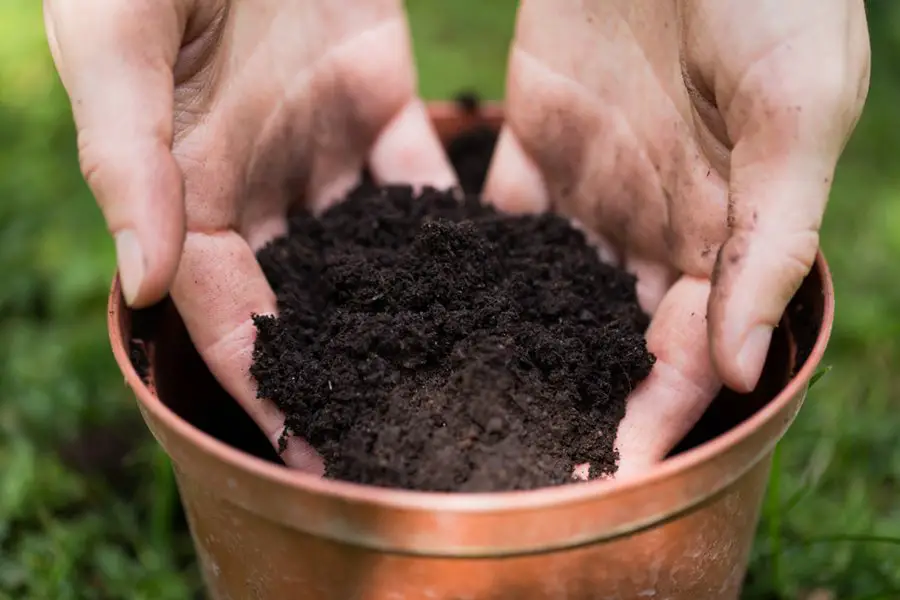
Factors That Influence Soil pH Levels
Soil pH is a crucial factor that significantly impacts plant growth and overall plant health. The pH level of soil refers to its acidity or alkalinity, with a scale ranging from 0 to 14. A pH level below 7 indicates acidic soil, while a pH level above 7 indicates alkaline soil. Understanding the factors that influence soil pH is essential for maintaining optimal growing conditions for various types of plants.
One of the primary factors that influence soil pH is the composition of the parent rock material. Different rock types produce varying levels of acidity or alkalinity in the soil. For example, soils derived from limestone rocks tend to be alkaline, while those derived from granite or sandstone rocks tend to be more acidic. Additionally, the presence of certain minerals in the soil can alter its pH levels. For instance, soils containing high amounts of sulfur may become more acidic.
Another factor that influences soil pH is the accumulation of organic matter. Organic matter, such as decomposed plant material or animal waste, can release acids or bases into the soil, affecting its pH. Additionally, the breakdown of organic matter by soil microorganisms produces organic acids, which can contribute to soil acidity. The amount and type of organic matter present in the soil can play a significant role in determining its pH levels.
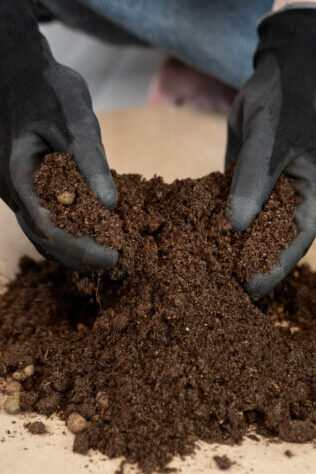
Other factors that impact soil pH include climate, rainfall patterns, and human activities. Regions with high rainfall tend to have more acidic soils due to the leaching of alkaline materials. Human activities, such as the use of certain fertilizers or the application of lime, can also alter soil pH. Agricultural practices like excessive use of chemical fertilizers may contribute to soil acidification, while the addition of lime can help raise pH levels in acidic soils.
Understanding the factors that influence soil pH is essential for gardeners and farmers to make informed decisions about plant selection and soil management practices. By taking these factors into account, it becomes possible to create a suitable growing environment for different types of plants and ensure optimal plant growth and productivity.
(Note: The above paragraphs provide a brief overview of the topic and present some of the factors that influence soil pH. For a more comprehensive understanding, additional information and supporting evidence would be required.)
The Ideal pH Ranges for Different Types of Plants
Different types of plants have varying pH requirements for optimal growth and development. Understanding these ideal pH ranges is crucial for gardeners and plant enthusiasts to ensure that their plants thrive in the best possible conditions.
For most plants, the ideal pH range lies between 6 and 7. This slightly acidic to neutral range provides a balanced environment for the absorption of essential nutrients. However, it is important to note that some plant species have specific pH preferences outside this general range. For instance, acid-loving plants such as blueberries and rhododendrons thrive best in more acidic soils with a pH between 4.5 and 5.5. On the other hand, alkaline-loving plants like lilacs and clematis prefer soil pH levels between 7.5 and 8.5.
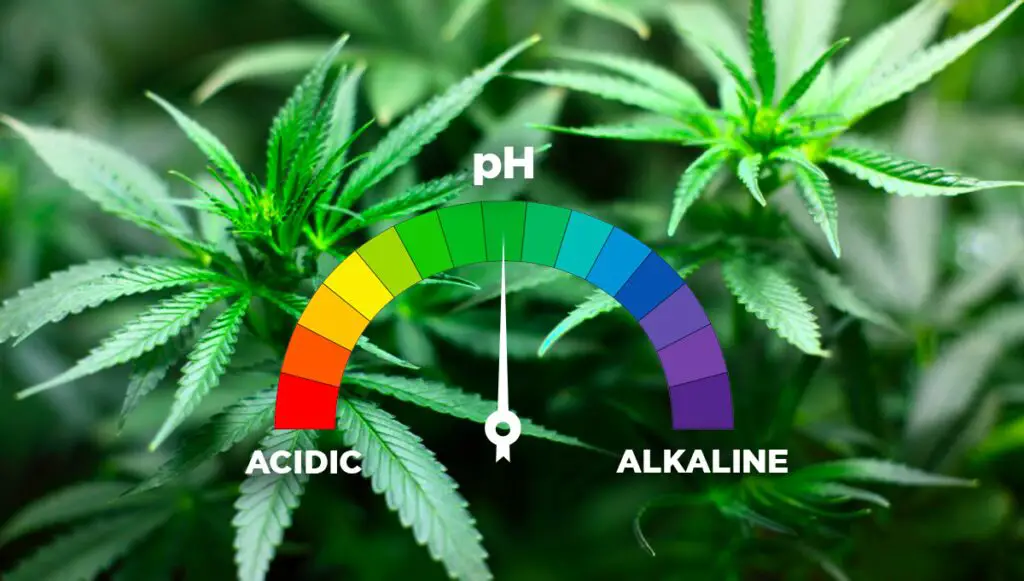
Maintaining the ideal pH range for different types of plants is critical for their overall health and productivity. Imbalances in soil pH can lead to nutrient deficiencies, hinder nutrient uptake, and affect the availability of important elements like iron, zinc, and manganese. Consequently, this can result in stunted growth, yellowing leaves, reduced flowering, and even plant death if the pH deviations are severe or persistent.
By understanding the ideal pH ranges for different types of plants, gardeners can make informed decisions regarding soil amendments, fertilizers, and watering practices to create an environment that promotes optimal plant growth. Regular monitoring and adjustment of soil pH levels according to specific plant requirements are essential for long-term plant health and productivity.
Signs of Imbalanced Soil pH and Their Effects on Plants
Imbalanced soil pH can have detrimental effects on plant health and growth. One of the signs of high soil pH, also known as alkaline soil, is the yellowing of leaves. This occurs because certain essential nutrients, such as iron, manganese, and zinc, become less available to plants in alkaline conditions. As a result, leaves may exhibit chlorosis, or the loss of green color, which can greatly impede photosynthesis and overall plant vitality. In addition, alkaline soil can hinder the uptake of phosphorus, an essential nutrient for root development, leading to stunted growth and poor plant establishment.
Conversely, low soil pH, or acidic soil, can manifest through different symptoms. Acidic soil limits the availability of nutrients such as calcium, magnesium, and potassium, which are vital for plant development. Calcium deficiency, for instance, can cause blossom end rot in tomatoes and peppers, while magnesium deficiency can lead to yellowing of leaves, known as interveinal chlorosis. Furthermore, acidic soils can increase the presence of toxic aluminum, which damages root structure and hampers nutrient absorption. These effects highlight the importance of maintaining a balanced pH level in soil to ensure optimal plant growth and productivity.
• Yellowing of leaves is a sign of high soil pH or alkaline soil
• Alkaline conditions reduce the availability of essential nutrients like iron, manganese, and zinc
• Chlorosis, or loss of green color in leaves, can impede photosynthesis and overall plant vitality
• Alkaline soil hinders phosphorus uptake, leading to stunted growth and poor root development
• Low soil pH or acidic soil limits the availability of calcium, magnesium, and potassium
• Calcium deficiency can cause blossom end rot in tomatoes and peppers
• Magnesium deficiency leads to yellowing of leaves known as interveinal chlorosis
• Acidic soils increase toxic aluminum presence that damages roots and hampers nutrient absorption
Maintaining a balanced pH level in soil is crucial for optimal plant growth
Testing Soil pH: Methods and Tools for Accurate Results
Accurate testing of soil pH is crucial for understanding the suitability of a particular soil for optimal plant growth. There are several methods and tools available that can provide accurate results and help gardeners make informed decisions.
One common method used for testing soil pH is the use of a pH testing kit or meter. These kits usually contain indicator solutions or test strips that change color depending on the soil pH. The color change is then compared to a color chart to determine the pH level. pH meters, on the other hand, provide a digital reading of the soil pH.
Another method is sending soil samples to a laboratory for professional testing. This option is often recommended for those looking for more precise and detailed results. Soil samples are collected from different parts of the garden and sent to a testing facility where they are analyzed using advanced techniques. The laboratory report provides accurate information about the soil’s pH level, as well as other important parameters such as nutrient levels and organic matter content.
It is important to note that different methods may yield slightly different results, and it is advisable to cross-reference the findings from multiple tests to ensure accuracy. Additionally, it is recommended to test soil pH regularly, as it can change over time depending on various factors such as fertilization, rainfall, and organic matter decomposition. By regularly monitoring and testing soil pH, gardeners can ensure that their plants are receiving the optimal pH conditions for healthy growth.
Organic Ways to Lower Soil pH for Acid-Loving Plants
Lowering soil pH for acid-loving plants is essential to create an optimal growing environment. Fortunately, there are several effective organic methods to achieve this. One approach is to apply elemental sulfur, which reacts with soil bacteria to produce sulfuric acid, lowering the pH. The rate of sulfur application depends on the initial pH and the desired target pH. It is crucial to follow recommended rates and amend the soil well in advance of planting to allow time for the sulfur to fully react and the pH to stabilize. Another organic option is the use of organic matter, such as compost, peat moss, or pine needles. These materials contain organic acids that gradually release hydrogen ions, which in turn lower the pH. Mixing organic matter into the soil can improve its fertility while also reducing pH levels, creating a favorable environment for acid-loving plants.
In addition to these organic amendments, using acidic fertilizers can also help decrease soil pH. Acidifying fertilizers, such as those high in ammonium sulfate or urea, release ammonium ions during decomposition. These ammonium ions are converted into nitrate by nitrifying bacteria, which in turn release hydrogen ions, thus lowering the pH. It is important to carefully monitor and adjust the fertilization rates to prevent over-application and potential damage to plants. Additionally, soil testing should be regularly conducted to ensure that pH levels remain within the desired range for acid-loving plants. With the right combination of organic amendments and proper monitoring, gardeners can successfully lower soil pH and create an ideal environment for the healthy growth of acid-loving plants.
Using Soil Amendments to Adjust pH for Alkaline-Loving Plants
Adjusting the pH levels of soil is essential for ensuring optimal growth and health of plants, especially for those that thrive in alkaline conditions. Alkaline-loving plants, such as yucca, lavender, and agave, require soil with a pH range of 7.1 to 8.5 for proper nutrient uptake and overall development. Fortunately, there are various soil amendments available that can help gardeners achieve the ideal pH for these plants.
One effective method of adjusting soil pH for alkaline-loving plants is the use of sulfur-based amendments. These amendments, commonly known as elemental sulfur or sulfur powder, work by gradually lowering the pH levels of the soil. When sulfur is applied to the soil, it undergoes a chemical reaction with moisture and soil bacteria, resulting in the production of sulfuric acid. This acid then reacts with the alkaline compounds in the soil, effectively lowering the pH over time. It’s important to note that sulfur amendments may take several months to fully impact the pH levels, so patience and regular testing are key when using this method. Additionally, it is crucial to follow dosage recommendations provided by reputable sources or consult with a certified soil pH specialist to prevent over-acidification of the soil, which can be detrimental to the plants’ well-being.
The Role of Fertilizers in Regulating Soil pH
Fertilizers play a crucial role in maintaining the optimal pH levels of the soil for plant growth. They can help regulate the acidity or alkalinity of the soil, ensuring that it falls within the desirable range for particular plants. Different fertilizers can have various effects on soil pH, depending on their composition and application methods.
For example, ammonium-based fertilizers tend to have an acidifying effect on the soil, which can be beneficial for plants that thrive in acidic conditions. These fertilizers release ammonium ions, which undergo nitrification, resulting in the production of nitrate ions and the release of hydrogen ions. The hydrogen ions decrease the soil’s pH, creating an acidic environment. On the other hand, fertilizers containing carbonates or alkaline substances can have an alkalizing effect on the soil, raising the pH levels for plants that prefer alkaline conditions.

Understanding the role of fertilizers in regulating soil pH is essential for gardeners and farmers alike. By carefully selecting and applying fertilizers, they can create the optimal soil conditions necessary for the healthy growth of their plants. However, it is crucial to keep in mind that excessive or improper use of fertilizers can lead to detrimental effects on soil pH, as well as nutrient imbalances. Thus, it is important to follow recommended guidelines and consult with experts when needed to ensure the best outcomes for plant growth and overall soil health.
Best Practices for Watering to Maintain Optimal Soil pH
To maintain optimal soil pH, proper watering practices are crucial. Watering plays a significant role in regulating soil pH levels, as it directly affects the availability of nutrients and the overall health of plants. Here are some best practices to consider when watering your plants to ensure that you maintain the ideal pH range:
1. Consistency is key: Establish a regular watering schedule that provides consistent moisture to the soil. This helps maintain a stable pH level and prevents the soil from becoming too dry or too saturated. Aim to water deeply, allowing the water to penetrate the root zone evenly.
2. Monitor soil moisture: It’s important to keep a close eye on the moisture levels of your soil. Use a moisture meter or simply test the soil by inserting your finger into the ground. Ideally, the soil should feel slightly damp and not excessively dry or waterlogged. Adjust your watering frequency and duration accordingly.
By following these best practices, you can ensure that your watering routine contributes to maintaining the optimal pH range for your plants. Remember that individual plants have specific moisture requirements, so it is essential to understand the needs of your particular plant species and adjust your watering practices accordingly. Next, we will explore additional tips for balancing soil pH in container gardening.
Tips for Balancing Soil pH in Container Gardening
To maintain optimal soil pH in container gardening, there are several key tips to keep in mind. Firstly, it is crucial to choose the right potting mix with a balanced pH level. Using a high-quality potting mix specifically formulated for container gardening can help ensure that the soil pH remains within the desired range for your plants.
| Tip | Description |
|---|---|
| 1. Measure pH regularly | Use a pH meter to monitor the pH of your container soil regularly. This helps you detect any fluctuations and take corrective actions promptly. |
| 2. Choose the right soil | Start with a high-quality potting mix that is well-balanced or customize it to suit the pH needs of your specific plants. |
| 3. Use lime for acidity | If your soil is too acidic, add lime to raise the pH. Follow recommended application rates to avoid over-liming. |
| 4. Incorporate sulfur for alkalinity | To lower soil pH in alkaline conditions, incorporate elemental sulfur. Be cautious with the amount used, as sulfur can be potent. |
| 5. Adjust watering practices | Watering with pH-adjusted water can influence the soil pH over time. Rainwater tends to be slightly acidic and may help balance pH. |
| 6. Mulch with organic matter | Organic mulches, such as compost, can buffer soil pH and improve its stability. They also enhance soil structure. |
| 7. Monitor nutrient levels | Regularly check nutrient levels in the soil. Imbalances in nutrients can affect pH. Adjust fertilization accordingly. |
| 8. Choose pH-friendly plants | Select plants that thrive in the pH range naturally found in your area or adjust the pH to match the preferences of your chosen plants. |
| 9. Use pH-buffering amendments | Incorporate substances like perlite or vermiculite, which can help buffer pH and maintain stability in the soil. |
| 10. Test runoff water | Occasionally test the pH of the water that runs off from your containers. This can provide insights into the overall soil pH dynamics. |
In addition to selecting the right potting mix, regular monitoring of soil pH is essential. This can be done using a pH test kit or a soil pH meter, both of which are readily available at gardening supply stores. By regularly testing the soil pH, you can catch any imbalances early on and take appropriate corrective measures. Remember, maintaining a consistent and suitable pH level is vital for the overall health and vitality of your container plants. So, stay proactive and keep an eye on the pH of your soil to ensure optimal growing conditions for your plants in container gardening.
Common Mistakes to Avoid When Adjusting Soil pH
Mistakes are common when it comes to adjusting soil pH, but being aware of these errors can help you avoid them and achieve better results in your gardening endeavors. One common mistake is adjusting the soil pH too quickly. While it may be tempting to make drastic changes to correct an imbalance, doing so can shock the plants and disrupt their growth. It’s important to understand that adjusting soil pH is a process that takes time and patience. Start by making gradual changes and monitor the plants’ response before making further adjustments.
Another mistake to avoid is relying solely on pH test kits without considering other factors that can influence soil pH. Factors such as organic matter content, soil composition, and drainage can all have an impact on pH levels. It’s important to take a holistic approach when assessing and adjusting the pH of your soil. Conduct regular soil tests, not only for pH but also for nutrient levels, to gain a comprehensive understanding of your soil’s condition. This will enable you to make informed decisions and choose the appropriate amendments to adjust the pH effectively.
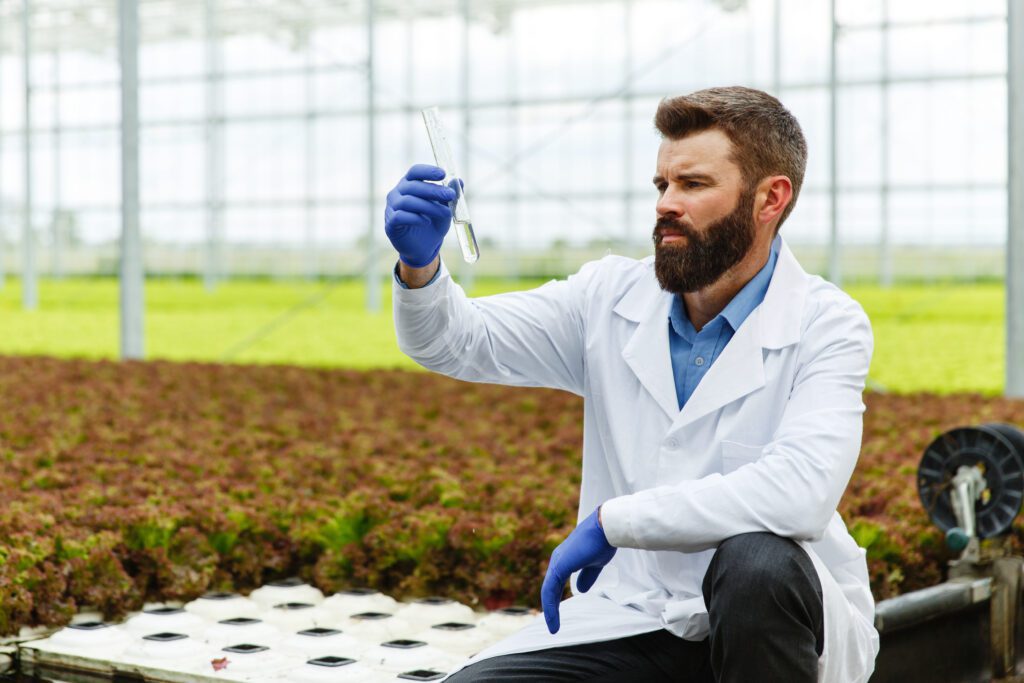
Remember, when it comes to adjusting soil pH, patience and precision are key. Rushing the process or neglecting other important factors can lead to unintended consequences for your plants. By being mindful of these common mistakes and taking a well-rounded approach, you can create an optimal growing environment for your plants and ensure their long-term health and productivity.
Adjusting Soil pH in Different Soil Types: Sandy, Clay, and Loamy
Sandy, clay, and loamy soils each have unique characteristics that can influence their pH levels and, in turn, the growth of plants within them. Adjusting soil pH in each of these soil types requires a tailored approach to ensure optimal conditions for plant health.
Sandy soils, with their coarse texture and large particles, tend to be naturally acidic. This low pH can lead to nutrient deficiency and hinder plant growth. To raise the pH in sandy soil, gardeners can add amendments such as lime or wood ash. These materials contain alkaline compounds that neutralize the acidity, making the soil more balanced and suitable for a wider range of plants.
Conversely, clay soils have a tendency to be alkaline due to their fine particles and ability to retain nutrients. High pH levels can result in nutrient imbalances and restricted nutrient uptake by plants. To lower the pH in clay soil, organic materials like peat moss or elemental sulfur can be incorporated. These amendments introduce acidity to the soil, helping to neutralize the alkalinity and restore a more favorable pH level.
Loamy soils, known for their balanced mix of sand, silt, and clay, generally have a near-neutral pH. However, they can still be influenced by factors such as surrounding vegetation or exposure to acidic rain. Adjustments to pH in loamy soils may require careful monitoring and periodic testing. Gardeners can use organic mulches or compost to maintain a healthy pH balance and provide the necessary nutrients for plant growth.
Understanding the unique characteristics of each soil type is crucial for successful gardening. By making targeted adjustments to the pH levels, gardeners can create ideal growing conditions for a wide variety of plants, ensuring optimal growth and overall plant health.
pH Adjustments for Specific Plant Varieties: Vegetables, Flowers, Trees, etc.
Vegetables, flowers, and trees are diverse plant varieties that have specific pH requirements for optimal growth and productivity. Understanding the ideal pH range for each type of plant is crucial for successful cultivation.
For vegetables, the pH requirements can vary depending on the specific variety. Most vegetables prefer a slightly acidic soil with a pH range of 6.0 to 6.8. However, some vegetables, such as potatoes and sweet potatoes, thrive in slightly more acidic conditions, with a pH range of 5.0 to 6.0. On the other hand, vegetables like asparagus and Brussels sprouts prefer a slightly alkaline soil with a pH range of 7.0 to 8.0. It is essential to research and understand the specific pH preferences of the vegetables you intend to grow to provide the optimal growing conditions.
Flowers, much like vegetables, have varying pH preferences. For example, roses thrive in a slightly acidic soil with a pH range of 5.5 to 6.5. On the other hand, hydrangeas change their flower color based on the soil pH. To achieve pink flowers, the soil must be slightly acidic with a pH range of 6.0 to 6.5, while blue flowers require a more acidic soil with a pH range of 4.5 to 5.5. It is important to consider these pH requirements when planning and designing your garden to ensure your flowers flourish and exhibit their intended colors.
| Plant Variety | Preferred pH Range | pH Adjustment Recommendations |
|---|---|---|
| Vegetables | 6.0 – 7.0 | – Add lime to raise pH if it’s too acidic |
| – Add sulfur to lower pH if it’s too alkaline | ||
| Flowers | 6.0 – 7.5 | – Use dolomitic lime for slight pH increase |
| – Incorporate peat moss for pH reduction | ||
| Trees | 6.0 – 7.5 | – Mulch with pine needles for pH reduction |
| – Add wood ash for a slight pH increase | ||
| Herbs | 6.0 – 7.0 | – Mix in compost for pH buffering |
| – Use elemental sulfur for pH reduction |
Trees also have their own pH preferences that need to be taken into account when planting and caring for them. For example, citrus trees thrive in slightly acidic to neutral soil with a pH range of 6.0 to 7.5. On the other hand, blueberries require highly acidic soil and prefer a pH range of 4.5 to 5.5. Understanding the specific pH needs of trees is crucial for their overall health and growth, as it affects their nutrient absorption and ability to combat diseases.
In order to provide the most suitable pH conditions for vegetables, flowers, and trees, it is essential to test the pH of your soil regularly. This can be done using various methods and tools, such as soil pH test kits or pH meters. By monitoring and adjusting the pH levels according to the specific plant varieties, you can ensure their long-term health and productivity. Stay tuned for the next section where we will discuss the different methods and tools available to accurately test soil pH levels.
Monitoring and Maintaining Soil pH Levels for Long-Term Plant Health
Monitoring and maintaining soil pH levels are essential for ensuring long-term plant health. By regularly testing the pH of your soil, you can identify any imbalances that may be affecting your plants and take the necessary steps to correct them. In order to monitor soil pH effectively, it is recommended to use reliable and accurate testing methods and tools.
One common method for testing soil pH is through the use of a soil pH testing kit. These kits typically include pH test strips or a small probe that measures the acidity or alkalinity of the soil. Another option is to send soil samples to a laboratory for professional testing. This can provide a more comprehensive analysis of the soil’s pH and other nutrient levels.
Once you have determined the pH levels in your soil, it is important to maintain a suitable balance for the specific plants you are growing. Different plants have different pH preferences, with some thriving in acidic soil, while others prefer alkaline conditions. Adjusting the soil pH can be achieved through various methods, such as adding organic matter or using specific soil amendments. Regular monitoring and maintenance of soil pH will contribute to healthier plants and optimal growth in the long run.
Seeking Expert Advice: When and How to Consult a Soil pH Specialist
When it comes to soil pH, there may be times when seeking advice from a soil pH specialist is necessary for the health and success of your plants. These specialists are knowledgeable experts who understand the intricacies of soil pH and can provide valuable guidance tailored to your specific needs.
One situation that may warrant consulting a soil pH specialist is if you are experiencing persistent issues with your plants despite adjusting the pH according to general guidelines. A specialist can help identify the underlying causes of these problems, such as nutrient deficiencies or toxicities, and recommend targeted solutions to restore balance. Additionally, if you are unsure about the accuracy of your pH testing methods or results, a specialist can provide more precise testing techniques and interpretation of the data.
Consulting a soil pH specialist can also be beneficial if you are considering significant changes to your gardening practices, such as transitioning to hydroponics or starting a large-scale commercial operation. Specialists can offer expert advice on adapting pH management strategies to these specific contexts, ensuring optimal conditions for plant growth.
In conclusion, the expertise of a soil pH specialist can be invaluable in resolving persistent plant health issues, refining your pH testing techniques, and adapting your practices to new gardening methods. By seeking their advice when needed, you can establish a solid foundation of knowledge and effectively maintain the pH levels necessary for the thriving of your plants.
What is the recommended pH range for most plants?
The ideal pH range for most plants is between 6 and 7.5.
How can imbalanced soil pH affect plant growth?
Imbalanced soil pH can affect plant growth by hindering nutrient uptake, leading to nutrient deficiencies or toxicities. It can also impact the activity of beneficial soil organisms and affect soil structure.
What are some signs of imbalanced soil pH?
Signs of imbalanced soil pH include stunted growth, yellowing of leaves, poor flower or fruit production, and increased susceptibility to pests and diseases.
How can I accurately test the pH of my soil?
There are various methods and tools available to test soil pH, including pH test kits, pH meters, and soil testing laboratories. Each method provides accurate results when used correctly.
Are there organic ways to lower soil pH for acid-loving plants?
Yes, organic methods to lower soil pH for acid-loving plants include incorporating organic matter like peat moss, coffee grounds, or pine needles into the soil.
How can I adjust soil pH for alkaline-loving plants?
Soil amendments such as sulfur, elemental sulfur, or aluminum sulfate can be used to lower soil pH for alkaline-loving plants.
Can fertilizers regulate soil pH?
Fertilizers can have an indirect effect on soil pH. For example, certain fertilizers containing ammonium can lower soil pH over time, while others containing lime can increase pH. However, the primary purpose of fertilizers is to provide essential nutrients to plants.
What are the best practices for watering to maintain optimal soil pH?
It is important to water plants with water that has a pH similar to the desired soil pH. Additionally, watering deeply and infrequently can help prevent fluctuations in soil pH.
How do I balance soil pH in container gardening?
Balancing soil pH in container gardening can be achieved by using a potting mix with the appropriate pH for the specific plants or by adding amendments like sulfur or lime.
How do I adjust soil pH in different soil types, such as sandy, clay, and loamy?
Adjusting soil pH in different soil types can be done by following specific guidelines for each type. For example, adding organic matter can improve the pH of sandy soil, while incorporating gypsum can help amend clay soil.
When should I consult a soil pH specialist?
It is recommended to consult a soil pH specialist when you have difficulty adjusting soil pH, when you need guidance specific to your region or plant varieties, or when you require a comprehensive soil analysis for long-term plant health.

Pallavi Gupta is a burgeoning writer at SouthElMonteHydroponics, blending her passion for data analysis with a keen interest in biotechnology. Currently pursuing a Bachelor’s in Biotechnology at Amity University, Pallavi delves into the intricacies of life sciences while gaining hands-on experience in the exciting world of data analysis. Her unique background provides a fresh perspective on hydroponic farming, as she explores the intersection of biotechnology and sustainable agriculture. Through her writing, Pallavi aims to bridge the gap between data-driven insights and innovative farming practices, inspiring others to harness technology for a greener future.

